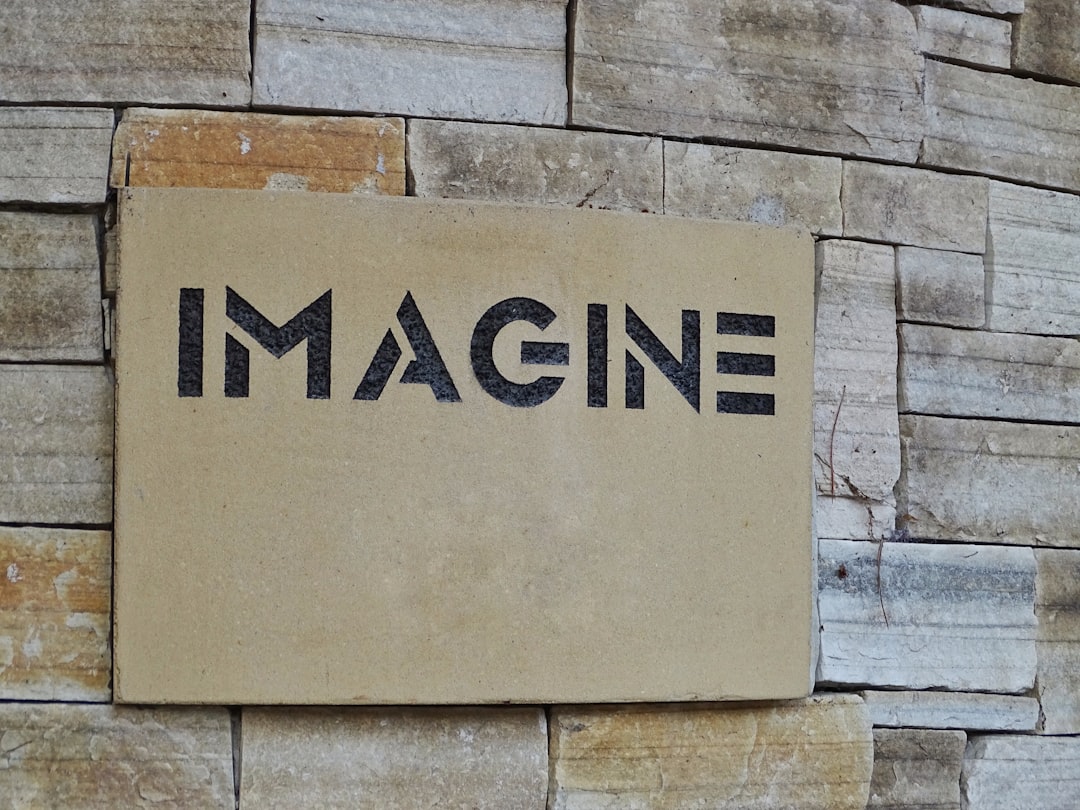What is it about?
Rhythm plays a key role in the teaching learning act. When teachers are asked to think about rhythm in their teaching plans and in their personal experiences, rhythm moves from background to foreground as a concept for reflection.
Featured Image
Why is it important?
No studies have sought the perspectives of teachers on the role of rhythm in educational contexts. This qualitative study gives a variety of insights and interpretations on the importance of rhythm in teaching, learning, and life.
Perspectives
This investigation began as an exploratory pilot with children (grades K to 5) doing perceptual-motor (movement) activities in the hallways of the elementary school for 20 minutes each day. We observed that the common denominator that children experienced with their daily dose of Minds-In-Motion was rhythm. This led us to explore the meaning of rhythm with educators.
Dr Valerie A. Ubbes
Miami University
This study explored an issue in the teaching/learning process that has received limited research attention. Teachers' experiences of using rhythm in their students' (and their own) learning provide useful insights into this important dimension of pedagogy. I hope educators find this article as thought-provoking as I found the study participants' interviews - and the work with my co-authors - to be.
Val Freysinger
Miami University
Read the Original
This page is a summary of: A qualitative investigation of early childhood teachers’ experiences of rhythm as pedagogy, Journal of Early Childhood Research, April 2014, SAGE Publications,
DOI: 10.1177/1476718x14523745.
You can read the full text:
Contributors
The following have contributed to this page










